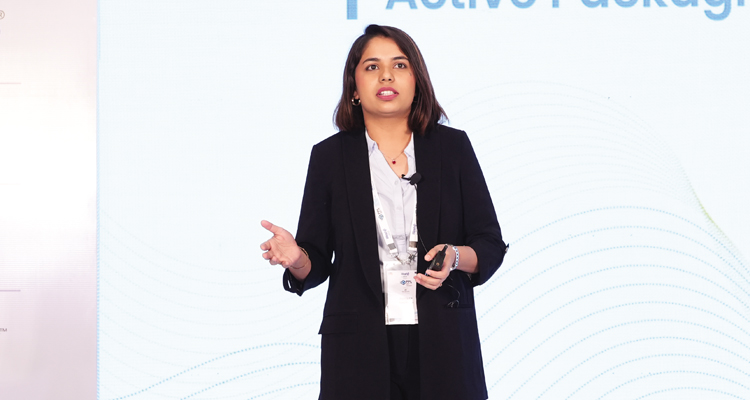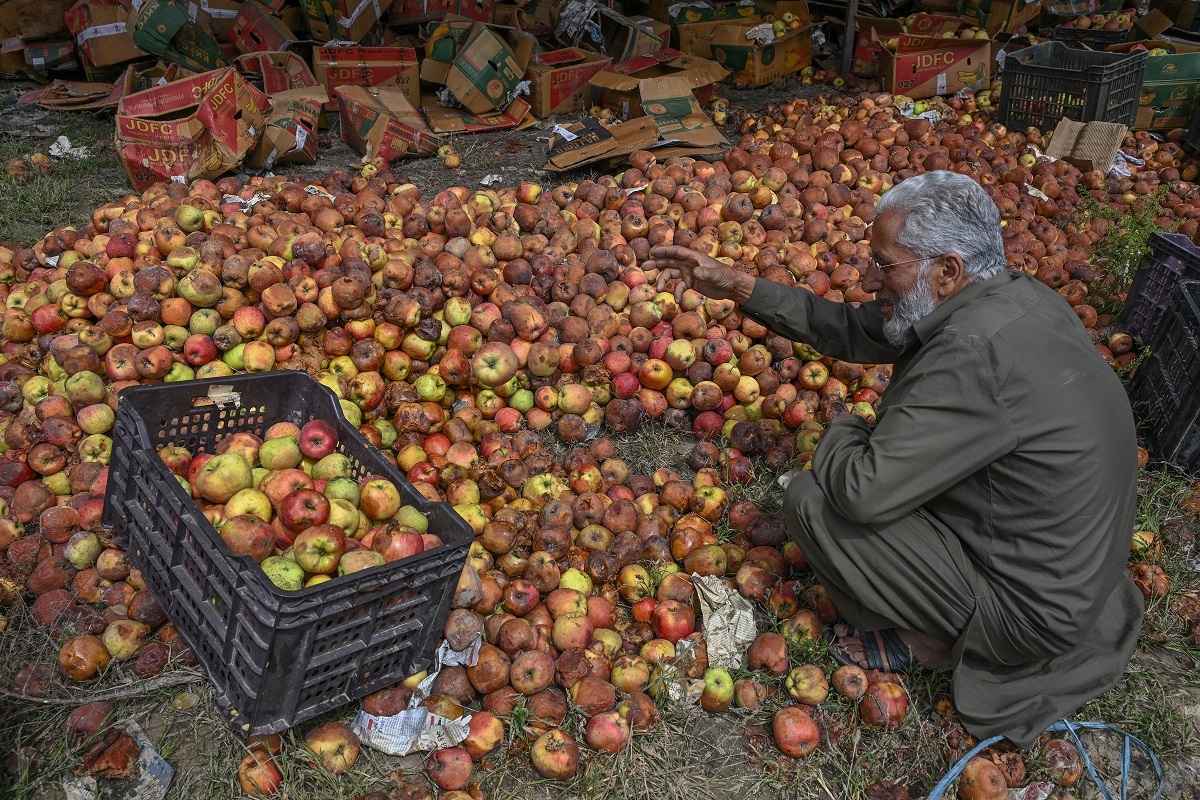Summary
At the recently concluded PPL Conclave 2025, Komal Bhavsar, AGM Business Development, Cilicant, presented a session titled Enhancing Shelf Life with Innovative Active Packaging Solutions. The session focused on the impact of moisture and oxygen on product degradation and the role of active packa…
Source: Express Pharma

AI News Q&A (Free Content)
Q1: What are the primary functions of active packaging in extending the shelf life of products?
A1: Active packaging involves the use of technologies that perform functions beyond the traditional containment and protection of products. It is designed to extend shelf life, monitor freshness, provide safety, and enhance convenience. This is achieved through mechanisms such as moisture regulation, oxygen scavenging, and antimicrobial activity, which help to maintain the quality and safety of food and pharmaceutical products.
Q2: How does the recent development in battery-free, stretchable, and autonomous smart packaging impact food shelf life?
A2: The development of battery-free, stretchable, and autonomous smart packaging significantly impacts food shelf life by providing real-time monitoring and controlled release of active compounds. This system integrates a gas sensor for continuous monitoring and NFC technology for communication, enabling it to extend the shelf life of food, such as fish products, by up to 14 days through the controlled release of antioxidants and antibacterial compounds.
Q3: What are the recent trends in using bio-based polymers in active food packaging?
A3: Recent trends in active food packaging involve the use of bio-based polymers and nanocomposites, which are gaining attention due to their sustainability and efficiency. These materials are used to create antimicrobial wraps, moisture barrier coatings, and oxygen-scavenging films. The incorporation of nanotechnology enhances food protection while reducing environmental impact, making packaging both safe and non-toxic.
Q4: How does moisture and oxygen impact product degradation in the context of active packaging?
A4: Moisture and oxygen are critical factors in product degradation, leading to spoilage and reduced shelf life. Active packaging solutions aim to mitigate these effects by incorporating moisture absorbers and oxygen scavengers. These components help maintain an optimal environment within the packaging, thereby preserving the quality and safety of the food products.
Q5: What are the economic implications of using active packaging solutions in the food industry?
A5: Active packaging solutions can lead to economic benefits by reducing food waste and extending product shelf life, which in turn decreases supply chain losses. Although the initial investment in these technologies may be higher, the long-term savings from reduced spoilage and improved product quality can result in overall cost benefits for producers and retailers.
Q6: What role does nanotechnology play in the development of smart packaging systems?
A6: Nanotechnology plays a crucial role in the development of smart packaging systems by enhancing the functional properties of packaging materials. It allows for the creation of films and coatings that can actively respond to changes in the environment, such as antimicrobial and barrier properties, thereby improving food safety and extending shelf life while reducing material usage and waste.
Q7: What are the challenges and opportunities associated with implementing active packaging in the food industry?
A7: The main challenges of implementing active packaging include cost, consumer acceptance, and regulatory hurdles. However, the opportunities lie in its potential to reduce food waste, improve safety, and meet consumer demand for sustainable packaging solutions. Continuous innovation and regulatory alignment are essential to overcome these challenges and fully realize the benefits of active packaging.
References:
- Active packaging
- Battery-free, stretchable, and autonomous smart packaging
- Biobased plastics and their nanocomposites: emerging trends in active and intelligent food packaging applications






